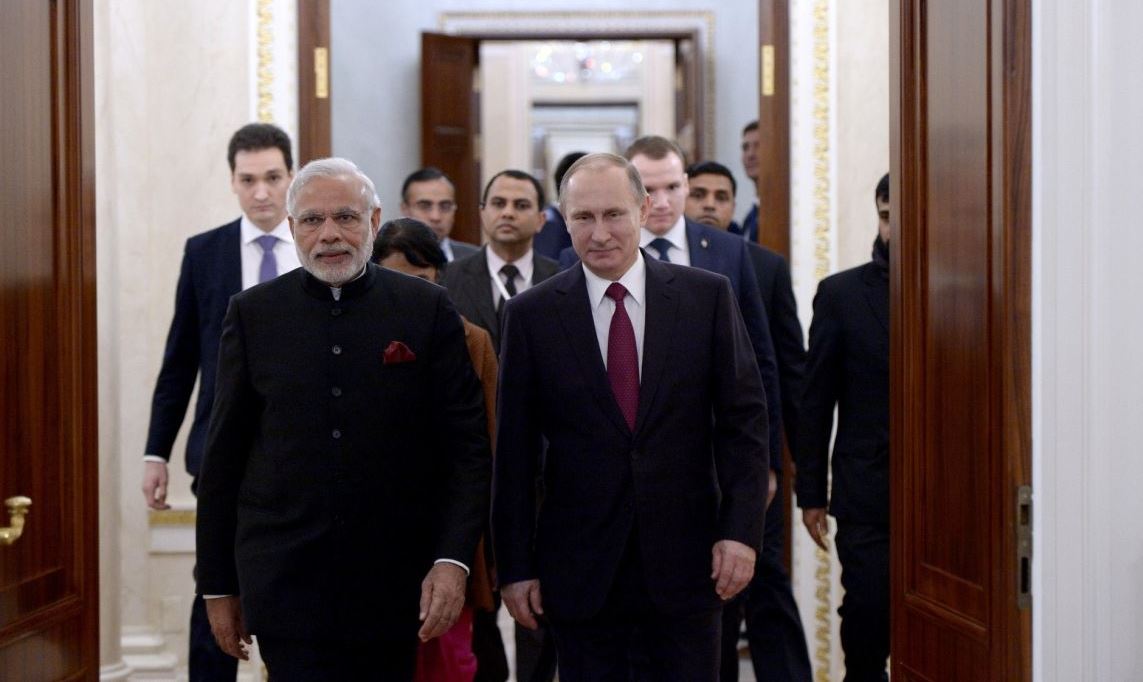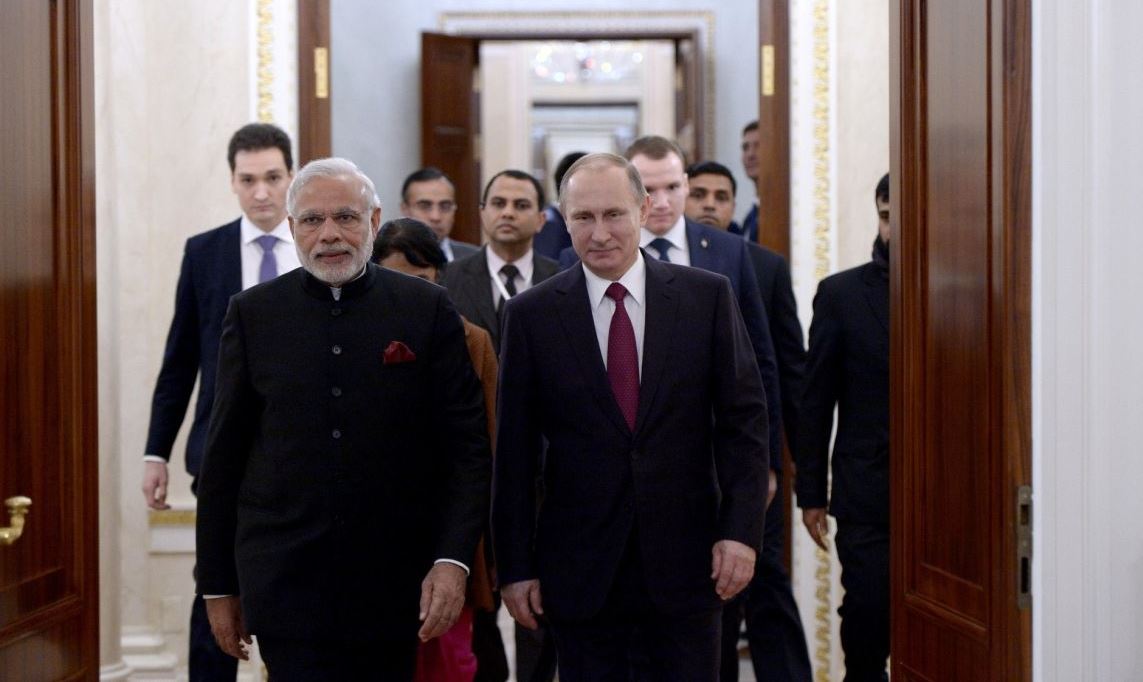
India’s impending purchase of the Russian S-400 missile system has come to be the leitmotif of the “2+2” dialogue of the foreign and defence ministers of India and the United States due to take place in New Delhi on September 6. However, the issue here is not about a single defence transaction, either. There are far wider geopolitical ramifications.
The heart of the matter is that the Countering America’s Adversaries Through Sanctions Act (CAATSA), which was signed into law by President Donald Trump in August 2017, endangers India’s long-standing defence relationship with Russia across the board for many defence goods. The cutting edge of the CAATSA lies in regard of Sections 231 and 235 of the law. Section 231 requires the US president to impose sanctions on any entity that “engages in a significant transaction” with Russia’s intelligence or defence sectors. Section 235 provides for prohibiting transactions in US dollar (which is the currency used in India-Russia arms deals.)
Now, the US Congress has given waiver authority to the president under certain highly constraining conditions – that is, if he can certify that the waiver is fundamentally in US national security interests, that the country concerned is taking “demonstrable steps” to reduce its defence dependence on Russia and that it is cooperating with the US in advancing critical strategic interests. In effect, the CAATSA provides an underpinning for the US’ global hegemony, which is far beyond its stated purpose of sanctioning Russia over the Crimea.
Given the above, what is the Trump administration’s actual game plan? At the broadest level, Washington estimates that India-Russia relationship is no longer what it used to be and this may be an opportune moment to weaken and undermine it from within. Thus, the opening gambit was to pile pressure on Delhi by flagging that the S-400 deal posed a serious risk to the strategic partnership between the US and India, which would be deeply disruptive at a juncture when China’s rise and growing assertiveness is throwing the Indo-Pacific region into an unsettling flux – and India, in particular.
In this narrative, the solution lies in Delhi scuttling the S-400 deal with Russia and instead opting for a US system. (This was what Washington had counseled Turkey, too.)
But then, there is nothing that the US can offer which is comparable to the S-400 with its long maximum slant range (~400 kms) and high maximum altitude (~98000 feet) that meet the Indian requirements for extended-range air defence to counter the threat from China across the Himalayas.
Curiously, the American side also acknowledges the reality that the S-400 is peerless in meeting the specific requirements of the Indian Air Force. To quote an American expert opinion at the Carnegie Endowment for International Peace,
“The United States does not currently possess any comparable system to the S-400. This is primarily because the country has not invested in strategic SAMs since the early Cold War… US surface-to-air weapons, accordingly, fall into two categories: long-range systems that are directed mainly toward ballistic missile defense, or shorter-range systems that are reserved mainly for use against surviving enemy aircraft that pose a threat to US ground forces. Therefore, none of the systems meet Indian requirements for extended-range air defense.”
So, why is the US pressuring India to give up on the S-400? The point is, defence sales constitute a vital tool in the US’s strategy to build a long-term relationship and interoperability with India as part of a new alliance system in the Indo-Pacific. Put differently, Delhi’s defence acquisitions with Russia (who is by far India’s number one partner) impacts the US strategy, which aims to align the Indian military with the US and its armed forces and with those of its allies in the Indo-Pacific. On the contrary, large-scale procurements such as the S-400 missile system will create relationships with Russia that will continue for generations even as the two militaries work together over the lifespan of the platform on training and maintenance.
Suffice to say, the US is pursuing a long-term strategy by creating shared platforms with the Indian armed forces that help build military interoperability. The intention here is that as the two armed forces get to use the same equipment, they also develop a shared understanding of doctrine, command and control dynamics and standard operating procedures through combined planning and training. Simply put, without India realizing it, a point will be reached when it gets “locked in” and becomes an ally of the US, playing second fiddle to Washington in its Indo-Pacific strategies.
However, all indications are that Washington senses that Modi government is unlikely to abandon the S-400 acquisition, no matter the US pressure tactic and blackmail. On its part, Delhi also understands that the US’ National Security Strategy brands Russia as a “revisionist” power and Washington’s underlying objective is to undermine the time-tested relationship between India and Russia.
Therefore, by his bold decision to go ahead with the S-400 missile deal with Russia, Prime Minister Narendra Modi has given a big message to Washington. Modi’s decision augurs well for the country’s role in a “post-American century”. But issues remain.
Fundamentally, Delhi should firmly reject the US’ attempt to insert itself into the India-Russia relationship on the pretext of the CAATSA. The US lobbyists in India are lately proposing that India and the US should do some “creative thinking” to mitigate the “challenges” posed by CAATSA. But this is a ludicrous postulate.
India is not placing restrictions on the US’ market access or denying it a level playing field. Furthermore, the CAATSA is a US law, which it enacted patently for geopolitical purposes. What is there to negotiate with a matrix?
India will be on a slippery slope once it agrees to discuss with the US its defence relationship with Russia on a case-by-case basis. It will be an affront to India’s sovereignty and self-respect to allow the US to have a say in its relations with Russia.
Reprinted with permission from Strategic Culture Foundation.

